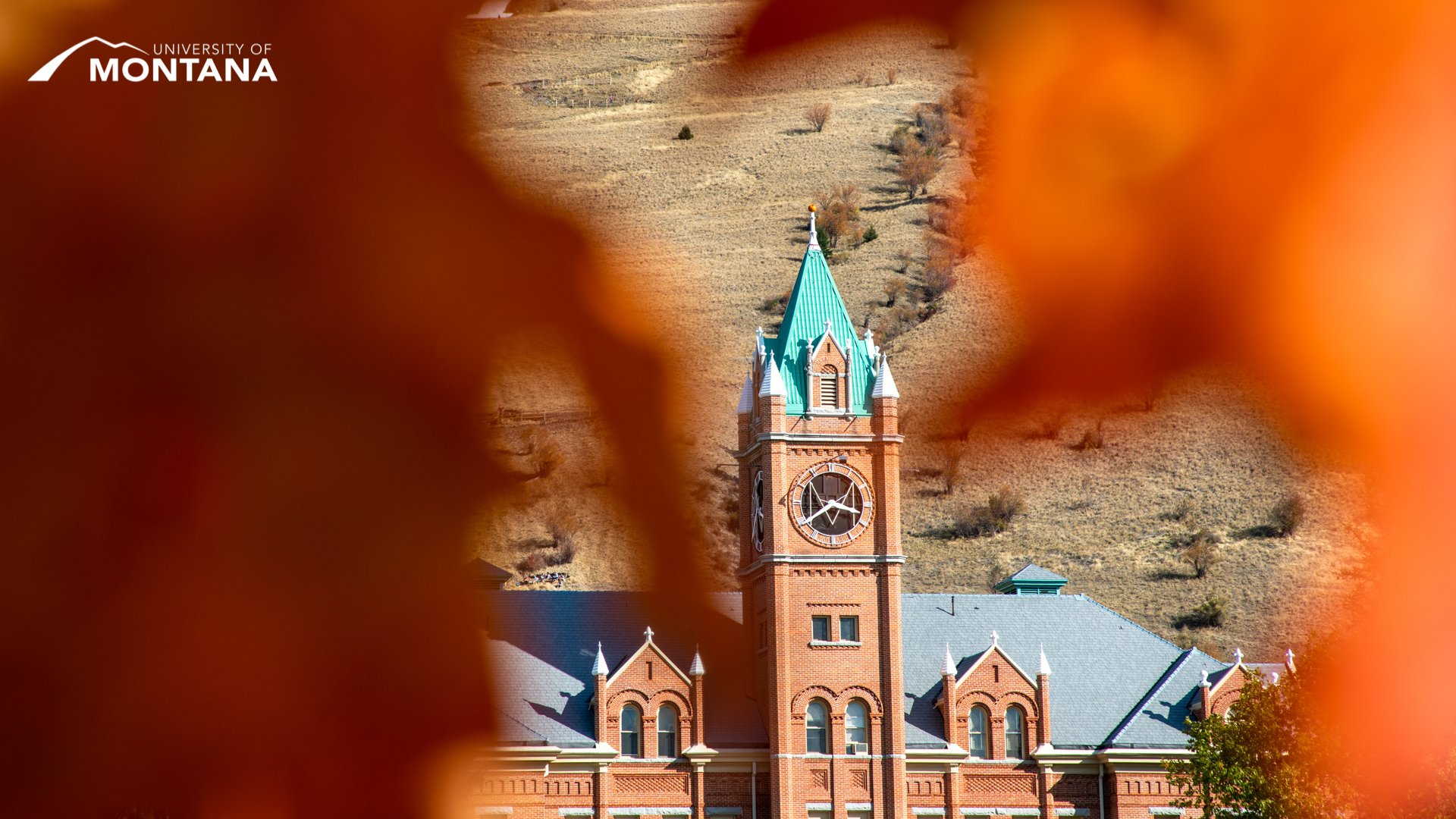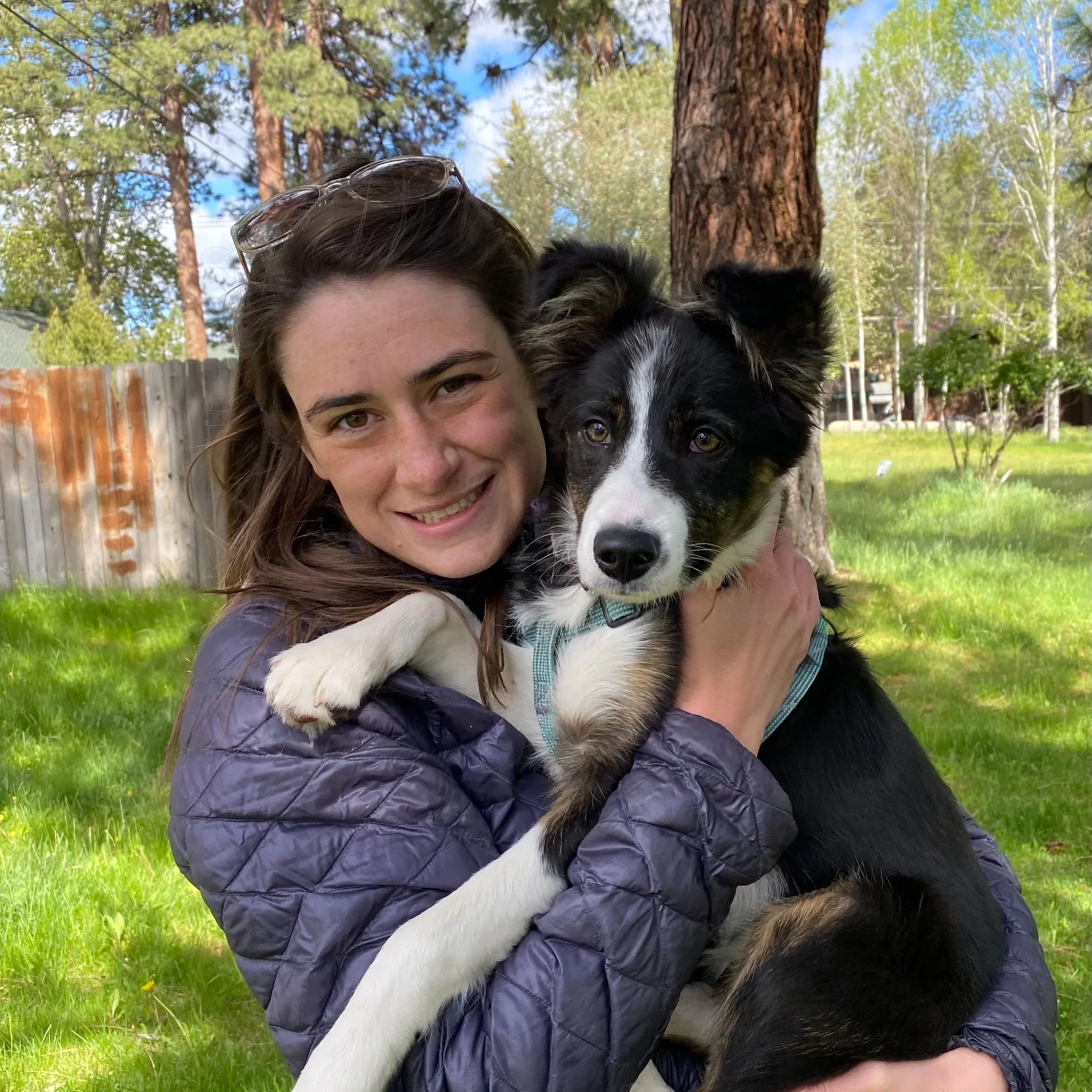
Our Mission
Discovering how animals deal with a changing world
We are a group of integrative biologists working at the interface of ecological physiology and evolutionary genomics. Our goal is to understand how animals have dealt with environmental changes in the past, so that we can predict how they might cope with change in the future. As an academic research lab, we are in the business of generating and disseminating new knowledge about the natural world, and empowering the next generation of scientists to make their own discoveries.
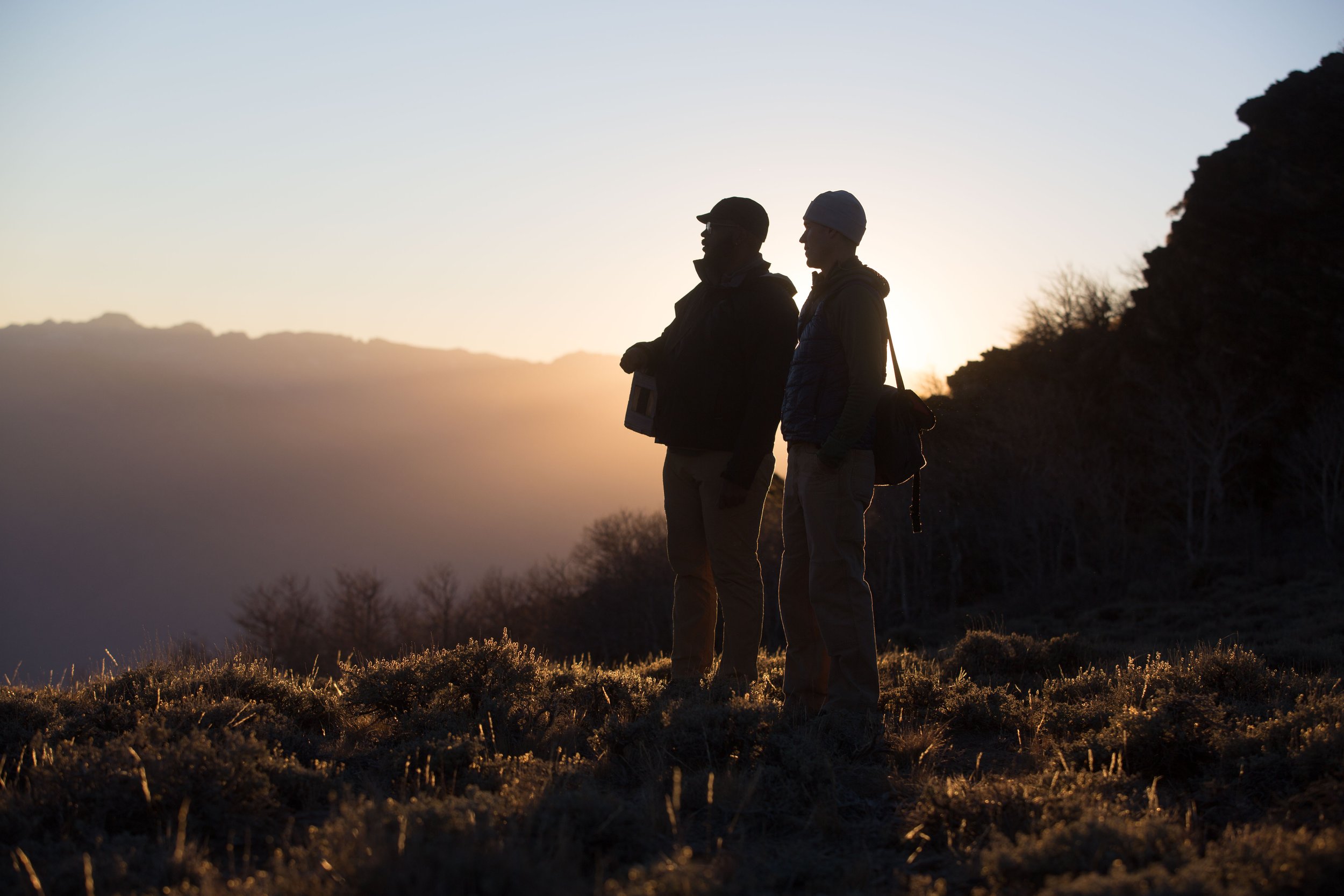
Research Team
Who we are
Our research team is centered in the Division of Biological Sciences at the University of Montana. Our individual talents, expertise, and experience are varied, but we are all united in our deep interest in understanding how animals cope with the challenges they face in their natural environments. While we are rooted in Montana, we maintain close ties with an international network of collaborators and lab alumni to create a research community that extends beyond campus. There are regular opportunities to join the lab and collaborate with us at all levels (undergraduate, graduate, and postdocs). If you are interested in the joining the lab, please contact us.
Zachary Cheviron (PI)
Associate professor, Division of Biological Sciences
Faculty Director, P.L. Wright Zoological Museum
Zac pushes electronic buttons online, establishes Zoom links, and sends emails.
CV | Google Scholar | Instagram | Email
Laura Blumensaadt
PHD Student, Ecology and Evolution
Laura is interested in ecotoxicology and evolutionary adaptation to heavy metal toxicity associated with hard rock mining in deer mice.
CV | Email
Derik Butts
MS Student, Ecology and Evolution
Derik studies the impacts of variation in snowpack on the demography, energetics, and survival of small, winter-active mammals.
CV | Email
Aynsleigh Dragon
Undergraduate Researcher
Aynsleigh is working on an honors thesis that is focused on the impacts of wildfire on disease transmission in montane birds.
CV | Email
Katie McHugh
POSTDOCTORAL RESEARCHER
Katie is working on the evolutionary and functional genomics of high altitude adaptation in deer mice in the Rocky Mountains.
CV | Email
Schuyler Liphardt
Bioinformatics Data Scientist, Montana INBRE Data Science Core
Sky is working on the population genomics aspects of extreme altitude adaptation in Andean rodents.
CV | Email
Ezra Mendales
PHD STUDENT, ECOLOGY AND EVOLUTION, CO-SUPERVISED WITH THE GOOD LAB
Ezra is studying convergent adaptation and the historical biogeography high elevation colonization in Andean rodents.
CV | Email
Linnea Schaefer
PHD STUDENT, ECOLOGY AND EVOLUTION
Linnea is interested in the physiological and evolutionary impacts of wildfire on avian communities in the western US.
CV | Email
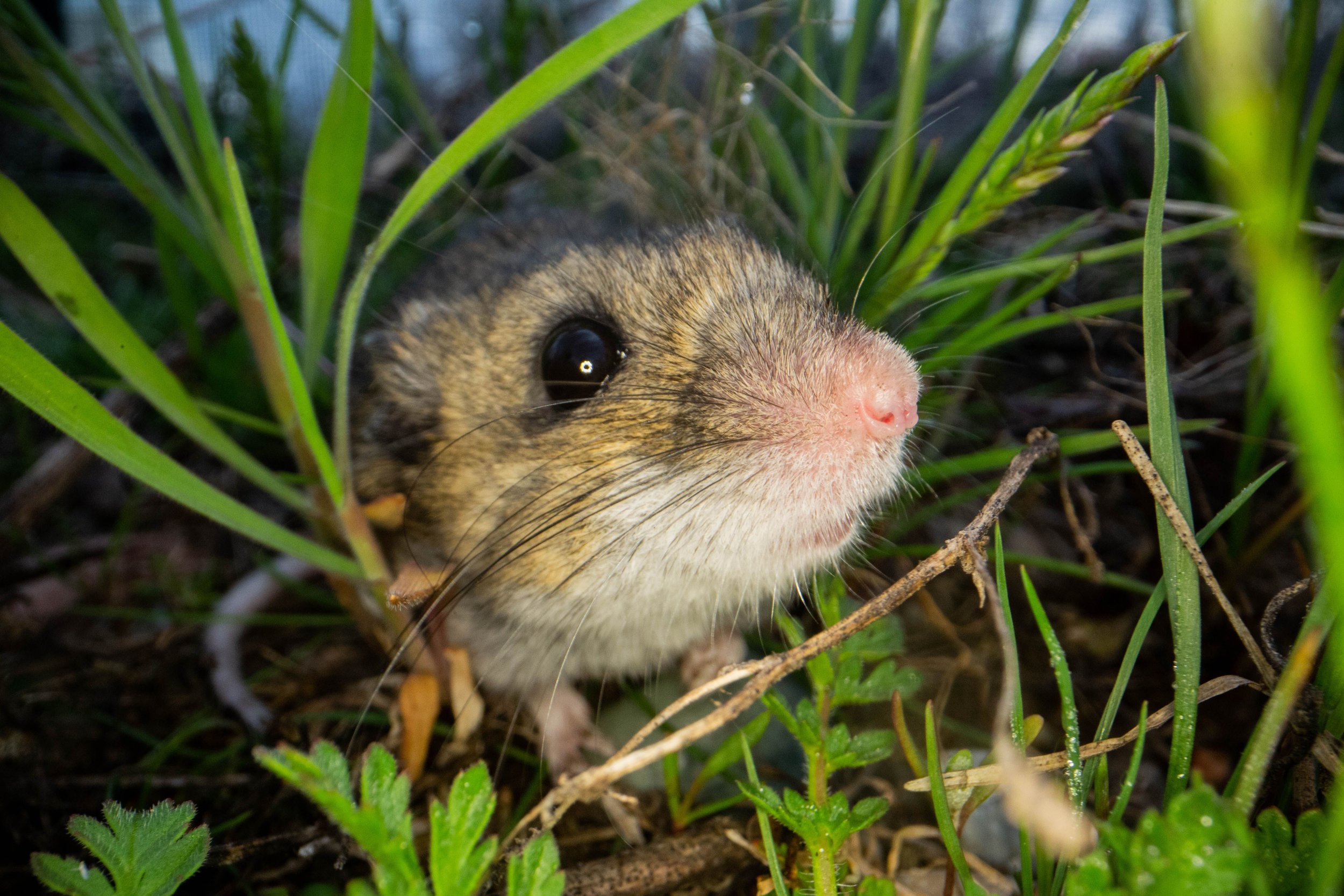
Current Projects
What we’re working on
Organisms are resilient. Over the course of their evolutionary histories, animals have adapted to cope with unending environmental change, and they continue to adapt to this day. We want to understand the sources of this resiliency, and how it evolves. Why are some species and individuals more resilient than others? And how is this resiliency being tested in our modern era of rapid and dramatic change?
We tend to ask these questions in cold, high places - mountainous landscapes in the Rocky Mountains, Andes, and the Alps - because these are some of the wildest, most beautiful, and rapidly changing places on the planet. We also have a special affinity for birds and small mammals, but our interests are broad and our scope is worldwide. Some of our current projects are described below.
Evolutionary Adaptation in the World’s Highest Dwelling Mammals
How do organisms survive and thrive under extreme conditions? Much our work focuses on physiological adaptation to high elevation in some of most unassuming, but toughest animals on the planet - deer mice in the Rocky Mountains and leaf-eared mice in the Andes. This work combines cutting-edge genomic approaches with acclimation experiments and long-term population monitoring to gain a holistic understanding adaptive evolution in the wild.
Demographic, ENergetic, and Evolutionary implications of Diminished Snowpack
One consequence of global warming is diminished snowpack. Persistent snow is becoming less predictable in many parts of the world. This change is having the counterintuitive effect of making winters harsher for animals that live under the snow. Are they prepared?
Physiological and Evolutionary Impacts of WIldfire
Decades of suppression, coupled with climate change have caused major changes to historical fire regimes. Fires becoming larger, hotter, and more destructive. How is this impacting the physiological condition and evolutionary trajectories of wildlife?
Evolutionary Adaptation to Industrial Pollution
Over the past 150 years, landscapes in the western US have been profoundly impacted by human activity. One example is historical mining operations that have contaminated soil and water with large concentrations of heavy metals. Can animals adapt to these novel challenges? If so, how quickly, and by what means?
Drivers and Consequences Shifting elevational range limits
As the climate warms and landscapes are altered, many animals are shifting their ranges and occurring in places they never have before. What are the drivers and consequences of these movements? And can we predict either?
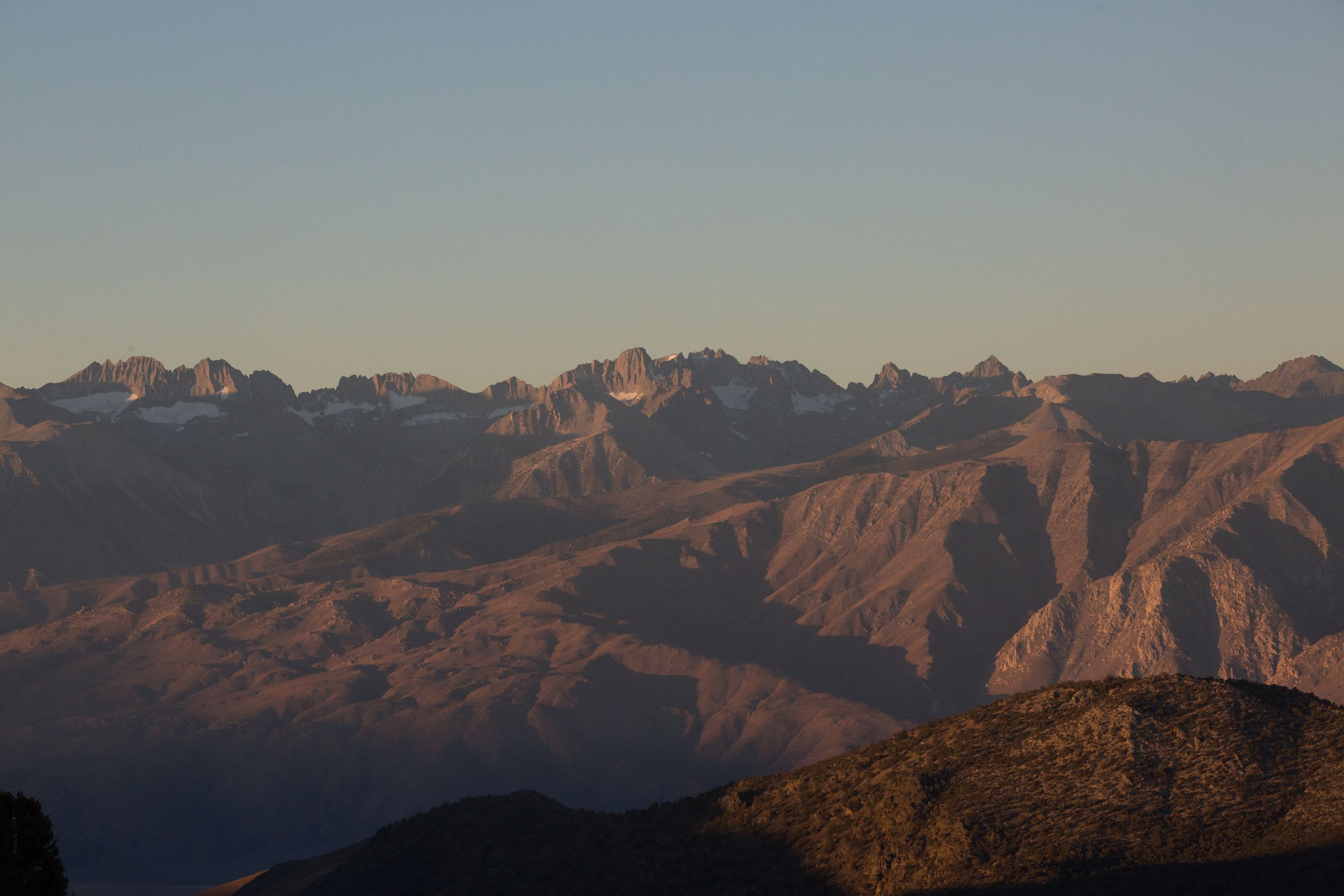
Outputs
Sharing our discoveries
Much of our work is funded by the public. It is our obligation to share our discoveries widely, both with other scientists and the public who funds us. To this end, we communicate our research discoveries in a variety of venues. These including scientific publications, lectures to other researchers and students, as well as outreach activities and workshops aimed at the general public.
Scientific Publications
We’re professional scientists, so most of our communication is in the form of peer-reviewed scientific articles. You can find a complete list of our published papers here.
Outreach Materials and Lectures
Over the years, we have also produced a variety of materials aimed at people that are scientifically-curious, but are not practicing, professional scientists. These include short films, workshop materials, and lectures. You can find some of these materials here.
Location
Where to find us
Our lab is embedded in vibrant research community at the University of Montana in Missoula. The University of Montana is home to a large and interactive group of talented ecologists, evolutionary biologists, and physiologists. Our programs in Ecology and Evolution and Wildlife Biology are some of the strongest in the nation. This is an incredible place to be a biologist.
And, this research community is located in one of the best mountain towns in the world. If you like an active arts community, great local food and beer, and unrivaled access to the scenic beauty and outdoor recreation, you can't do much better than Missoula. The University of Montana lies on the banks of the Clark Fork River, adjacent to the heart of downtown Missoula, and is within 10 minutes of the nearest wilderness trailhead, the Bitteroot and Blackfoot Rivers, and endless mountains.
Our lab facilities are spread across two physical locations, one dedicated to molecular genomics and computation, and the other dedicated to ecophysiological work. Our molecular genomics lab is located in the Interdisciplinary Science Building on the UMT campus where we share newly constructed space with four other outstanding evolutionary genomics labs. The ecophysiology lab is located in the Field Station at Fort Missoula, a short ten minute drive from campus.
